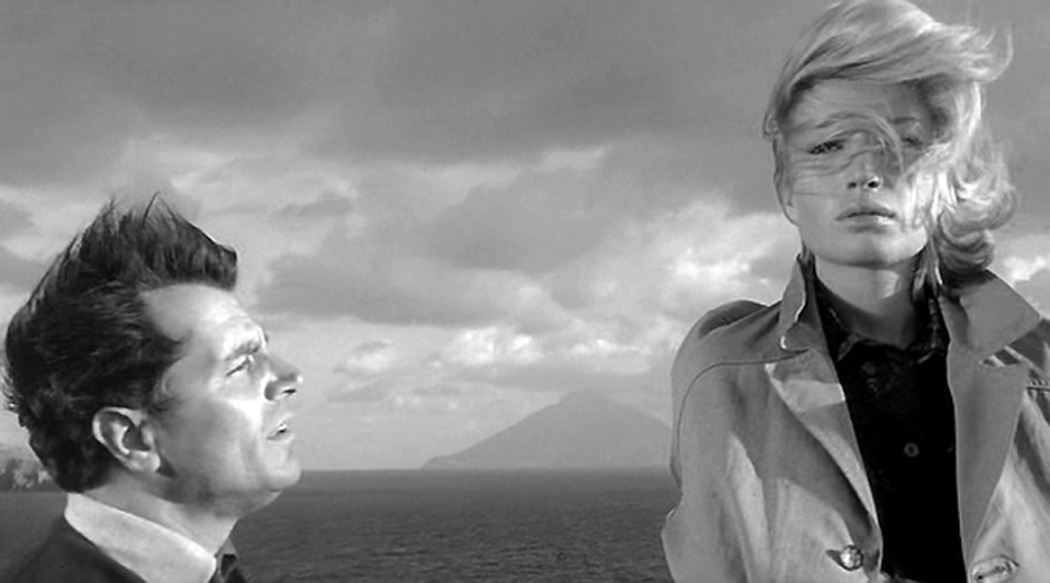Sorry for the late post folks; there’s no uni this week so I thought I’d stretch out my posts a bit, but I know you loyal fans would have been hanging out for this one!

Last week’s classes were all about the ‘exploded’ frame, looking at non-traditional cinema such as 3D and mobile technologies. I was fascinated to learn that 3D imagery was being experimented with as far back as the invention of cinema, with film’s founding fathers the Lumiere brothers trying to construct a 3D version of their camera. The 3D effect is created through filming with two cameras at once, mimicking the behaviour of the human eyes to create depth. However, nowadays it’s an effect that can also be created in post-production.
3D has been widely available since the ’50s, but as Dan pointed out, we’re currently experiencing a boom period in terms of its popularity. Not only are big blockbusters now regularly shown in 3D, there’s a whole range of TVs with 3D capability now as well. Which I think is a really interesting point to think about. Why hasn’t this caught on? Why don’t we all have 3D TVs?
In 2013, Ted Kritsonis wrote about the death of 3D TV in the online journal Digital Trends. He cites a wide variety of reasons for why 3D TV – heavily marketed in 2010-11 – never took off, including the cumbersome and pricy glasses, the inconvenience of having to watch TV from a single angle, and the lack of 3D content being broadcast (over the past few years, BBC and ESPN have both axed proposed 3D digital channels and although Netflix does have some 3D streaming, it is very limited).
A technology that has been more popular that we also discussed in ‘the exploded frame’ is mobile cinematography. As media students, it would be hard for even the most hard-headed of film purists among our class to deny the value of having devices so close at hand that have, these days, relatively high-quality filmic capabilities. Not only are mobile phones being used to document everyday life, they’ve started to become recognised as a potential medium for high-art cinema. For example, on Tuesday we watched Night Fishing by Korean brothers Park Chan-kyong and Park Chan-wook.
https://www.youtube.com/watch?v=2tRlqPQ7dAw
It’s a fascinating film. I can’t say necessarily that I enjoyed it, but I think I could appreciate it from a film-making perspective. I have to say though that I didn’t think it was particularly revolutionary in terms of mobile cinema. To me, one of the reasons the film is so engaging to watch is that it maintains typical film-style cinematography; although the picture quality is lower, there is little difference made by the use of the iPhone camera. To me, this film could have been made on a regular camera to mostly the same effect, so while I enjoyed it, I didn’t find it revelatory in terms of pushing the limits of cinematography.
However, it’s still an interesting demonstration of how mobile technology is gaining wider popularity and recognition in the field of cinema. Dan told us that he had been chosen to be a judge of a mobile cinema competition run by the Mobile Innovation Network Aotearoa, to be held at RMIT in November; I might have to go and have a look.



